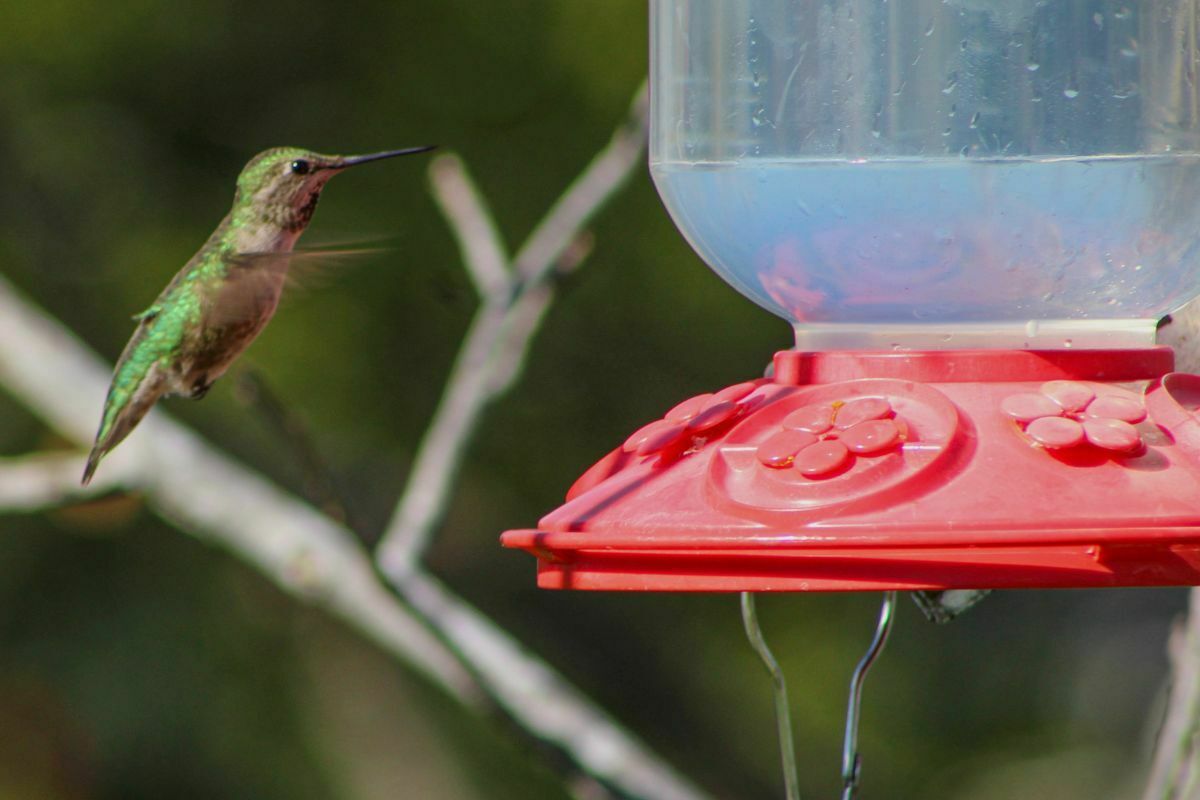Attracting hummingbirds through hummingbird feeders is a popular and enjoyable way to connect with nature. Whether you’re a beginner or an experienced birdwatcher, understanding the quirks and maintenance of hummingbird feeders is essential. In this comprehensive guide, we will explore everything you need to know about hummingbird feeders to enhance your birdwatching experience.
Types of Hummingbird Feeders
Hummingbird feeders come in various shapes and sizes, including round, flat, and tube designs. The common feature among all feeders is their ability to dispense nectar, as hummingbirds primarily feed on nectar and water. The diversity in feeder designs allows for beautiful and intriguing options that cater to different preferences.
In addition to ready-made feeders, many bird enthusiasts create their own DIY hummingbird feeders using materials readily available at home. This creativity adds unique and personal touches to the feeders, making them even more appealing to hummingbirds.
There are two main types of hummingbird feeders: inverted feeders and saucer feeders.
Inverted Hummingbird Feeders
Inverted feeders have a central reservoir that releases nectar from above to several feeding ports. This design allows for individual birds to feed without crowding around a central point. Some inverted feeders have a single feeding point, accommodating one bird at a time. While these feeders make it easier to monitor nectar levels and have a higher capacity, they are more prone to leakage and insect attraction, making cleaning and refilling more challenging.
Saucer Hummingbird Feeders
Saucer feeders are shallow nectar dishes with ports above the reservoir. Hummingbirds can dip their bills and tongues directly into the nectar supply. Saucer feeders enable multiple birds to feed simultaneously, discouraging territorial behavior and promoting a harmonious feeding environment. These feeders are easy to fill, clean, and assemble, but they require more frequent refilling due to their smaller capacity.
A History of Hummingbird Feeders
The history of hummingbird feeders dates back to the early 20th century when Laurence J. Webster created feeders for his wife, May Webster, after she read a National Geographic article about feeding hummers from small glass bottles. May Webster, known as “The Hummingbird Lady,” had a deep passion for nature and successfully tamed wild hummingbirds in her gardens. Her efforts attracted attention, and the Audubon Novelty Company offered her feeder design for sale in 1950. Since then, the world of hummingbird feeders has expanded with innovative designs and features.
Hummingbird Feeder Maintenance
Proper maintenance and cleaning are crucial for hummingbird feeders to ensure the health of the birds and their continued visits. Regular cleaning and changing of water or nectar prevent contamination and keep the feeders inviting to hummingbirds. Cleaning the feeders with a mild soap and hot water solution, using a toothbrush or Q-tip for hard-to-reach spots, is recommended. Refilling the feeders regularly, especially in warmer weather, is essential to prevent spoilage and maintain a fresh nectar supply.
Conclusion
Hummingbird feeders offer a delightful way to observe and interact with these fascinating birds. Understanding the different types of feeders, their maintenance requirements, and the history behind them enhances the birdwatching experience. By providing a reliable source of nectar, you can attract and enjoy the beauty of hummingbirds in your own backyard.Hummingbirds have specific preferences when it comes to their food and feeder locations. It’s important to provide them with fresh water and nectar, especially on hot days when they may need it more frequently. Cleaning the feeders at night and changing the water or nectar daily is essential to maintain their health.
